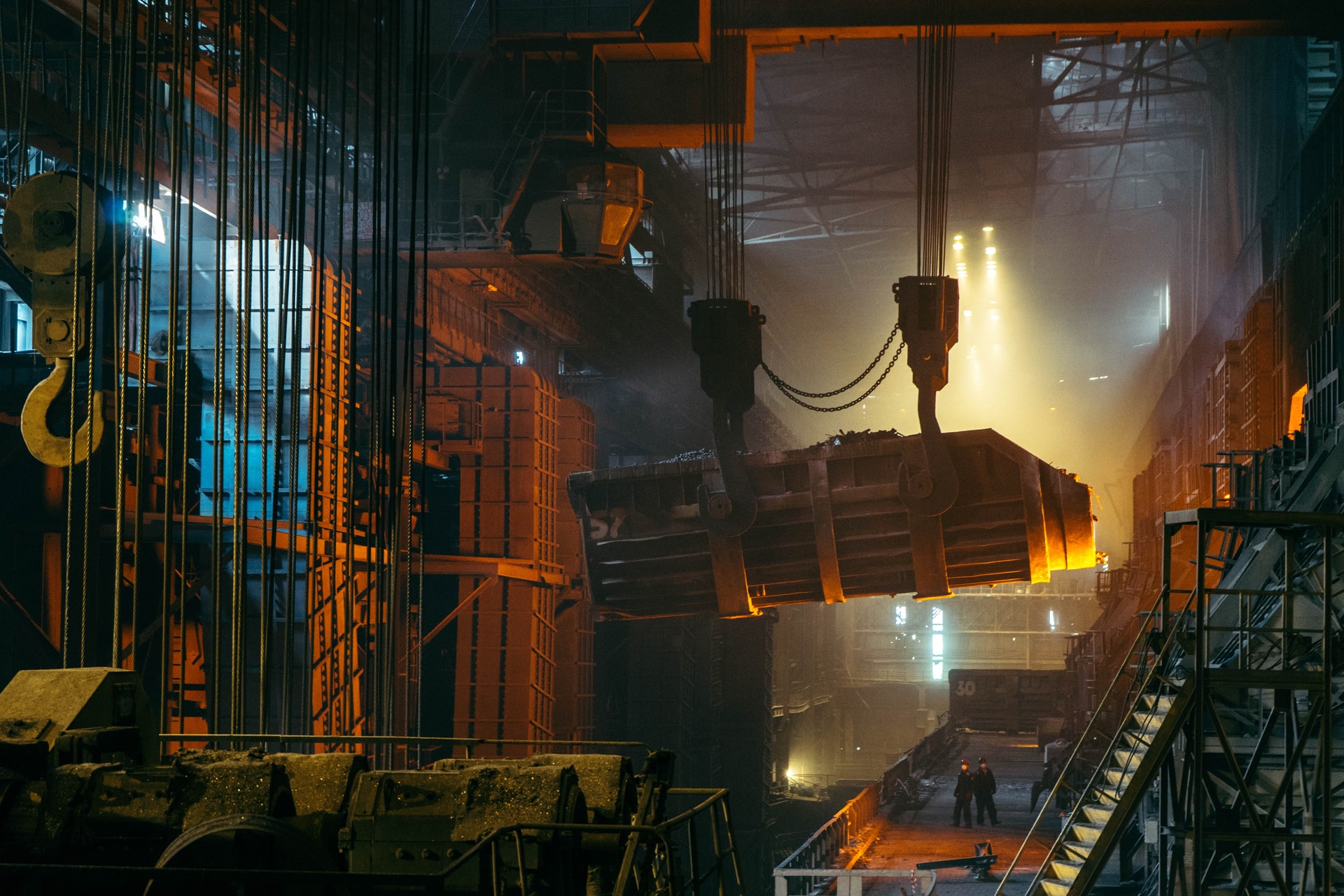

Where green hydrogen goes, so does industry
The pivot to a hydrogen economy provides huge opportunities for the UK to take a leadership position in key sectors, including energy, transport, and industry.
Equally, it is an opportunity that, if not grasped, would see the UK consigned to laggard status in those same areas.
What is at stake was highlighted this week by a report into the revolution in steelmaking that is being wrought by green hydrogen.
The shift from coal to hydrogen as the main source of energy in steel production is going to redraw the map in terms of where it is produced, according to Bloomberg New Energy Finance.
Currently 70% of the world’s steel is created in coal-powered blast furnaces. By 2050, green hydrogen – by then the cheapest source of energy for steel production – will account for 31% of the market, while 45% will come from recycling powered by renewable energy, BNEF said in a report Decarbonizing Steel: A Net-Zero Pathway.
The shift will upend the industry, currently dominated by China, which churned out more than 1 billion metric tons of steel in 2020, more than half the world’s supply.

China churned out more than 1 billion metric tons of steel in 2020, more than half the world’s supply.
“The global steel industry is poised to begin a titanic pivot from coal to hydrogen,” said Kobad Bhavnagri, head of industrial decarbonisation at BNEF. “Green hydrogen is both the cheapest and most practical way to make green steel, once recycling levels are ramped up. This transition will cause both great disruption, and great opportunity. Companies and investors don’t yet appreciate the scale of the changes ahead.”
The biggest winners from these changes will be Brazil, which will be producing some of the lowest cost hydrogen globally by 2030, as well as India, Russia, and South Africa. Australia, currently the world’s biggest producer of iron ore, the main ingredient in steel, could lose that position due to the requirement for higher grade ores in the production of green steel, BNEF said.
The switch to hydrogen is unlikely to propel the UK to the top of the global steel production rankings – it is a relative minnow, producing just 7.1 million metric tons in 2020 and is ranked 24th globally. However, the industry employs about 33,000 people in the UK and a further 42,000 in related supply chains.
The industry has been under pressure in recent years as it struggled to compete with lower cost competition. One of the key challenges it has faced has been uncompetitive energy costs. A report this year by trade body UK Steel said UK steel producers pay about £50 million a year in excess energy cost compared with foreign competitors. Domestic firms spend a whopping 86% more on electricity than German mills and 62% more than French competitors.
Enter offshore wind, in which the UK has been a pioneer and is rapidly becoming the country’s cheapest source of electricity. Contracts awarded to build wind farms in the UK in 2019 could become the world’s first negative subsidy offshore projects, according to analysis by Imperial College London.
Most of the UK’s green hydrogen projects are set to be powered by offshore wind, including BP’s recently announced 60 MW HyGreen site in Teesside, and the Northern Horizons Project offshore Scotland.
Considerable investment in hydrogen is going to be needed. Powering the UK’s steel industry with green hydrogen would require 7 GW of electrolysis capacity, it has been estimated.
While the UK has an opportunity to be a leader in green steel production, it has yet to take the necessary steps, according to a report this year by the Energy and Climate Intelligence Unit (ECIU). When the report was published in May, it noted there were 23 hydrogen-based steel production projects in Europe, while the UK was yet to set out its plans.
The government created a £250 million Clean Steel Fund in 2019, but hasn’t deployed any funds due to a lack of a clear road map for the industry. The word “steel” appears just seven times in the UK Hydrogen Strategy document, which says its plans for the sector will be addressed in more detail in its Net Zero Strategy paper. Alas, it appears just six times in that document.
The UK is in danger of falling behind European and global peers in the shift to hydrogen-powered green steel production, but it is not too late. Similar scenarios are playing out in other industries impacted by the emergence of green hydrogen.
The UK is a leader in hydrogen-powered transport. Wrightbus has made the world’s first hydrogen-fuelled double-decker bus, while its first hydrogen train recently made its maiden voyage. JCB is pioneering hydrogen-powered plant equipment.
With supportive policies in place, the UK could turn those leads into global success stories. Without them, the opportunities could be lost.
For more about HYCAP click here.